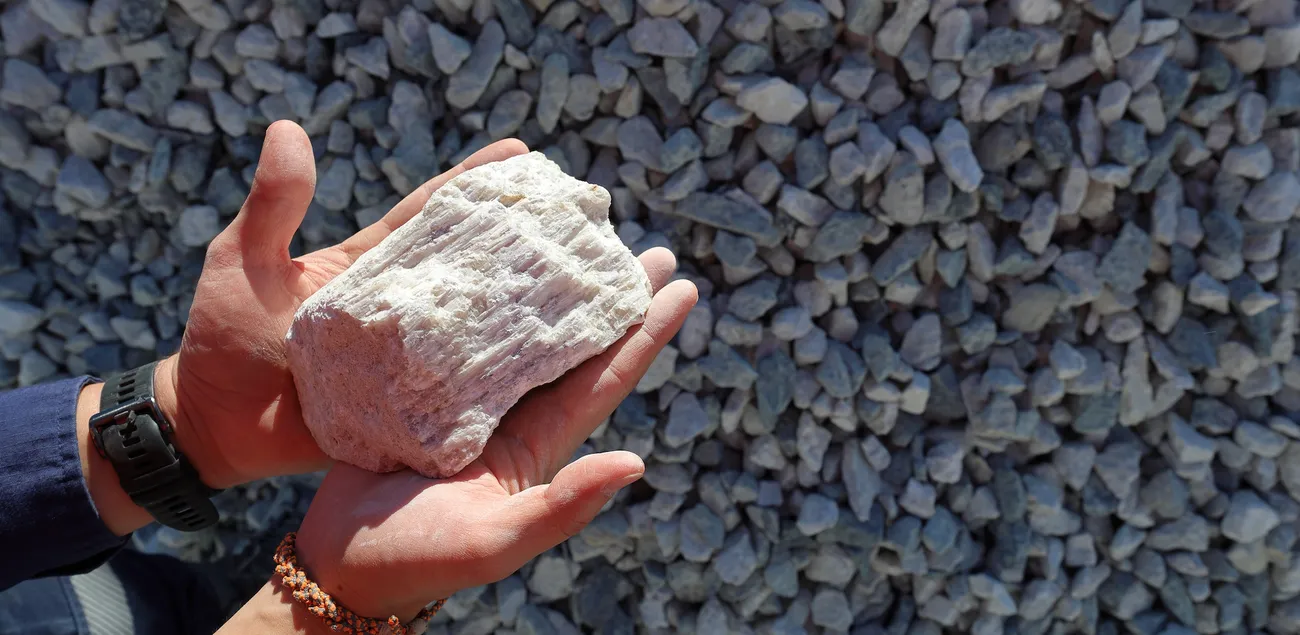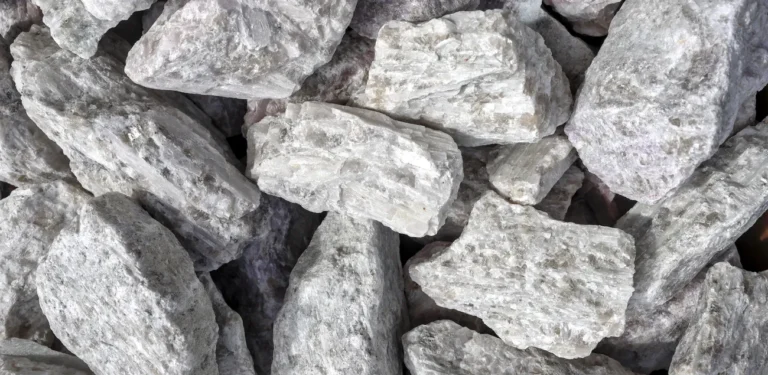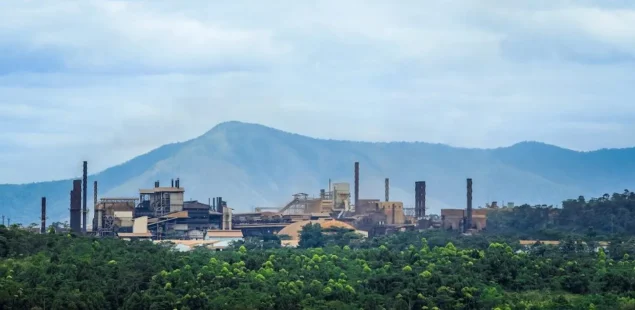
China has made a huge lithium ore deposit discovery with 490 million tons of lithium and companion minerals in Hunan Province, another advance in the nation’s drive to lock in domestic battery metal supplies. The find in the Jijiaoshan mine area of Linwu County is one of China’s largest mineral discoveries in recent years and contains around 1.31 million tons of lithium oxide with valuable by-products such as rubidium, tungsten, and tin.
Hunan Provincial Department of Natural Resources revealed the discovery on July 8th, calling it a “super-large altered granite-type lithium deposit” that was the result of years of drilling activities and high-level prospecting technologies. The altered granite-type classification of the deposit differs from the brine deposits typical of South America or spodumene-rich pegmatites of Australia, offering its own set of extraction difficulties but potentially high-purity lithium if processed correctly.
Strategic Mineral Co-Location Adds Value
In addition to lithium, the Chenzhou deposit holds significant amounts of other strategic minerals that add greatly to its economic and strategic worth. The exploration groups verified the existence of rubidium, a specialty alkali metal utilized in special glass, electronics, and medicine, in addition to valuable tungsten and tin resources. These by-product minerals provide the potential for multi-stream revenue operations, where mine economics are favored by multiple valuable products instead of being purely reliant on lithium prices.
The co-presence of these strategic minerals is particularly significant since China has identified all four elements as vital resources in its recent five-year industrial development plans. Such polymetallic nature tends to exhibit enhanced economic resistance to market volatility in any one commodity relative to single-metal operations.
China’s Increasing Lithium Resource Base
The Hunan find strengthens China as the world’s second-largest lithium reserve holder after a sharp growth in the nation’s resource base in the past few years. China’s lithium reserves now account for 16.5% of the world’s total, compared with a mere 6% in the past, the China Geological Survey, which is affiliated with the Natural Resources Ministry, said. The growth pushed China’s world ranking to second from sixth place in proven lithium reserves, only behind Chile.
China has been ramping up national lithium exploration since 2021, with over 30 million metric tons of new lithium ore discovered in areas like Sichuan, Qinghai, Jiangxi, and the Xinjiang Uygur and Inner Mongolia autonomous regions. The main finds are roughly 10 million tons of lepidolite lithium ore in Hunan, Jiangxi, and Inner Mongolia, around 10 million tons of brine lithium ore in Qinghai, and 10 million tons of spodumene lithium ore in Xinjiang.
Production Capacity and Market Position
China has also increased lithium production capacity at a fast rate as it aims to cut reliance on imports of battery materials. The country is also expected to surpass Australia as the world’s largest lithium miner by 2026, with Chinese-controlled mines likely to produce 8,000 to 10,000 more metric tons than their Australian competitors every year. Chinese miners are expected to mine 900,000 metric tons of lithium by 2035, while Australia will mine 680,000 metric tons, Chile 435,000 metric tons, and Argentina 380,000 metric tons.
Most of China’s production increases are due to lepidolite mining, a hard rock lithium ore prevalent in southern China, with Jiangxi province being particularly well-endowed. Although more expensive than brine operations employed in South American production, China has adopted the technical difficulties in order to attain strategic market position. That China is open to technically difficult and environmentally complicated extraction processes is a sign of determination to succeed in market dominance irrespective of short-term economics.
Regional Economic Development Impact
Professor Xu Yiming of the Hunan Mineral Resources Measurement Institute said that the lithium in Linwu will be a resource for the city of Chenzhou to develop its new energy industry. The Hunan Province already has established mining infrastructure and is relatively near eastern China manufacturing centers, giving it a strategic location with natural logistical benefits. That would likely lower shipping costs and carbon emissions from transporting lithium from faraway places such as Australia or Chile.
The find stands to place Hunan Province as a key location for China’s battery material supply chain, with the potential to form an integrated industrial corridor from mining activities all the way through to cathode material production and battery recycling plants. Local officials anticipate the deposit will enhance Hunan’s goal of constructing a trillion-yuan-level new energy industry chain.
Global Market Implications
The 1.31 million tons of lithium oxide added to global resources can potentially shape price dynamics, especially in Asian markets, in the future, although near-term market response is muted since development will take years. The find could hasten current changes in global battery metals investment trends with international miners boosting exploration spending on lithium projects around the world.
For existing major lithium exporters to China, such as Australia and Chile, the exploitation of this resource in the years ahead could slowly redefine trading relationships. Yet, growth in demand for electric vehicles worldwide indicates several sources of supply will continue to be needed to satisfy estimated consumption demands.
Technology and Resource Security Context
The Hunan find comes as China is redoubling efforts to lock in domestic mineral supplies as the world vies for essential battery materials. China’s overarching national strategy marries central planning to local execution in a durable production model that rides out market slumps that have compelled retrenchment elsewhere.
China already manufactures 75% of the world’s lithium batteries and has around 60% of global lithium processing capacity. The increased domestic resource base enhances the nation’s foothold in the whole battery supply chain, ranging from raw material excavation to end product manufacturing.



